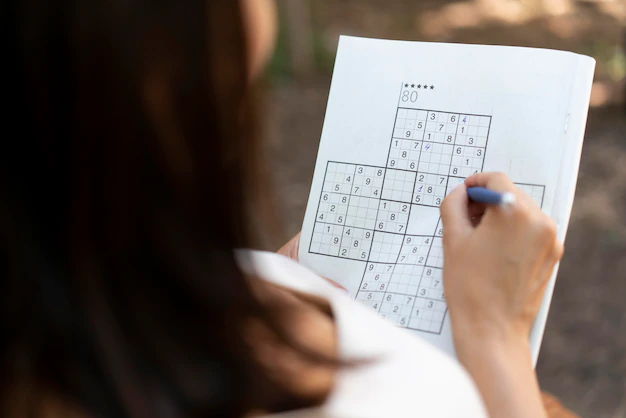keeper standard test assessing skills and performance has become vital for almost every profession. Whether it’s sports, business, or education, a good standard test can provide measurable insights into a person’s capabilities. One such assessment gaining popularity is the Keeper Standard Test. But what is it exactly, and why does it matter? In this blog post, we’ll break it down for you in simple terms.
Let’s dive in!
What Is the Keeper Standard Test?
The Keeper Standard Test is a specialized evaluation designed to measure the abilities, performance, and consistency of goalkeepers in sports, particularly soccer. While it might sound like a niche test, its importance cannot be overstated. This test evaluates critical skills like reflexes, positioning, decision-making, and endurance, ensuring that keepers are up to par with industry standards.
Think of it as a way to figure out if a goalkeeper is a game-saver or if they still need a bit more practice in the net.
Why Is the Keeper Standard Test Important?
Goalkeeping is one of the most demanding positions in soccer. A single mistake can change the outcome of a match. The Keeper Standard Test is important because:
- Identifies Strengths and Weaknesses: It provides a detailed breakdown of a keeper’s performance.
- Sets Benchmarks: It creates clear goals for improvement by comparing results to industry standards.
- Enhances Team Performance: A well-tested goalkeeper can build confidence in the entire team.
- Boosts Career Opportunities: For aspiring professional goalkeepers, passing this test with flying colors can open doors to scholarships or contracts.
What Does the Keeper Standard Test Include?
This test isn’t just about blocking shots; it’s much more comprehensive. Here are some of the key components typically included:
1. Reflex Testing
Goalkeepers are tested on their ability to react to fast-moving shots from different angles. This often includes high-speed ball machines or drills with multiple shooters.
2. Positional Awareness
Where a goalkeeper stands during an attack can make all the difference. This part of the test evaluates how well keepers position themselves in goal.
3. Catching and Parrying
This section focuses on how effectively a goalkeeper can catch the ball or redirect it safely away from the goal.
4. Communication
A good goalkeeper isn’t just a shot-stopper; they’re also the team’s vocal leader on the field. The test may assess how well keepers direct their defenders during critical moments.
5. Endurance and Fitness
Because goalkeeping is physically taxing, endurance drills ensure keepers can perform at their best for an entire match.
How Can You Prepare for the Keeper Standard Test?
Preparing for this test isn’t rocket science, but it does require focus and dedication. Here are a few tips:
- Practice Daily Drills: Work on reflexes, footwork, and catching techniques.
- Study Game Footage: Watch professional goalkeepers in action to learn about positioning and decision-making.
- Improve Communication Skills: Practice shouting commands and organizing defenses during scrimmages.
- Focus on Fitness: Build stamina through cardio exercises like running or cycling.
Who Should Take the Keeper Standard Test?
The Keeper Standard Test is ideal for:
- Aspiring professional soccer players looking to enhance their skills.
- Coaches wanting to evaluate their goalkeepers’ performance.
- Clubs and academies seeking to recruit talented keepers.
Benefits of the Keeper Standard Test
Why should anyone care about this test? Here’s why:
- Improved Performance: It highlights areas to work on, leading to better skills.
- Clear Metrics: Players can track their progress over time.
- Competitive Edge: Standing out as a top goalkeeper becomes easier with strong test results.
Challenges of the Keeper Standard Test
It’s not all sunshine and goals. The Keeper Standard Test can be demanding, and keepers often find these challenges:
- High Pressure: Performing under test conditions can feel overwhelming.
- Physical Strain: The test pushes athletes to their limits.
- Mental Toughness: It’s not just about skills; mindset plays a huge role.
The Future of the Keeper Standard Test
As technology continues to evolve, expect this test to become even more precise. Innovations like AI analysis, virtual reality training, and advanced biomechanics tracking are already transforming how goalkeepers train and get evaluated.
Conclusion
The Keeper Standard Test is more than just a score sheet—it’s a roadmap for success in one of soccer’s toughest positions. Whether you’re a player, coach, or scout, understanding this test can make a world of difference in assessing and improving goalkeeping talent.
So, are you ready to step up and prove you’re a keeper?
FAQs
1. What is the purpose of the Keeper Standard Test?
The test aims to evaluate and improve the essential skills of a goalkeeper, ensuring they meet professional standards.
2. Can anyone take the Keeper Standard Test?
Yes, but it’s primarily designed for soccer goalkeepers looking to enhance their skills or pursue professional opportunities.
3. How often should goalkeepers take the test?
It depends on their goals, but taking it annually can help track progress and identify areas for improvement.
4. Is the Keeper Standard Test only for soccer players?
While it’s mainly used in soccer, similar tests can apply to other sports with goalkeepers, like hockey or handball.
5. How long does the test take?
The duration varies, but most tests are completed within 1-2 hours.
6. Are there online resources to help prepare for the test?
Yes! Many websites and training platforms offer drills, tutorials, and tips for goalkeepers preparing for standard tests.




